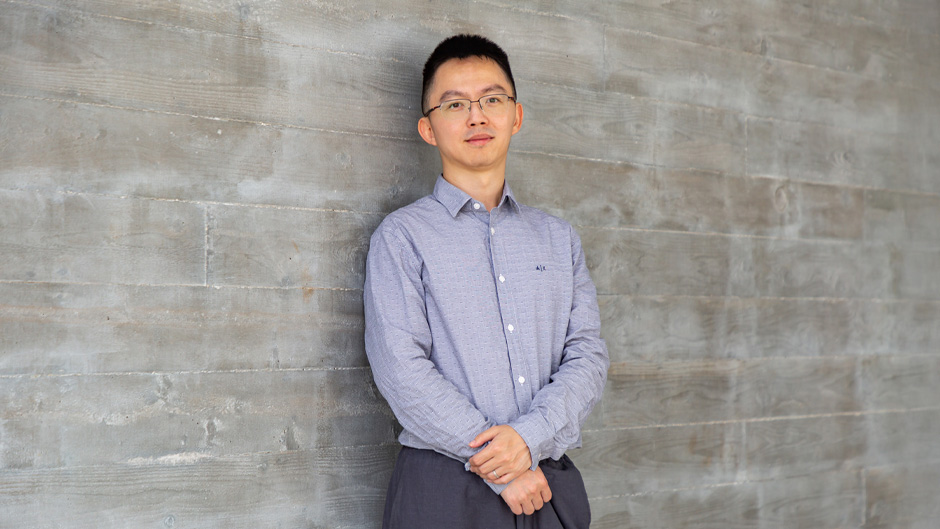Photon Qubits Challenge AI, Enabling More Accurate Quantum Computing Without Error-Correction Techniques
National Research Council of Science and TechnologyDr. Hyang-Tag Lim's research team at the KIST has implemented a quantum computing algorithm that can estimate interatomic bond distances and ground state energies with chemical accuracy using fewer resources than conventional methods, and has succeeded in performing accurate calculations without the need for additional quantum error mitigation techniques.



















